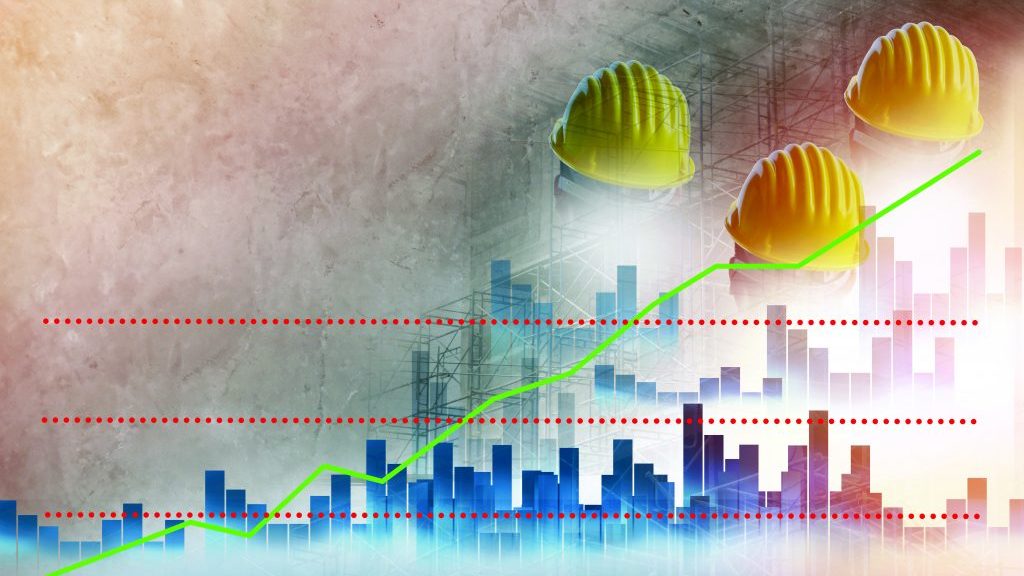SANTA CLARA, CALIF. — A new report from Frost & Sullivan projects that global spending in construction is expected to attain US$17.5 trillion by 2030, with China, the U.S. and India accounting for 57 per cent of all global growth while the U.S. and Canada will contribute almost 20 per cent.
More than 60 per cent of the global infrastructure investment will be in emerging economies, particularly Asia, stated a Dec. 9 release.
In comparison, PwC issued a report in 2017 that forecasted that the volume of construction output will grow by 85 per cent to $15.5 trillion worldwide by 2030.
Frost & Sullivan said the construction industry is in the middle of a transition toward new business models that are technology- and data-driven, with better collaboration between stakeholders and higher productivity. The increasingly aging workforce and digitization are prompting greater investments in workforce management and digital solutions.
“Technological advancements in artificial intelligence, cloud software, drones and pre-fab construction will be leveraged to reduce cost and improve quality and speed of construction,” said Chaitanya Habib, a consultant at Frost & Sullivan, in the release. “Smart infrastructure technologies embedded with telematics, too, will influence the future of the industry by creating an intelligent and on-demand system that reduces operational costs and augments productivity.”
Buildings and civil infrastructure will be the fastest-growing segments in emerging economies from 2018 to 2030, said the firm.
“Infrastructure investments in electricity and roads are forecast to be the highest among all sectors due to market need. By 2030, the construction industry will account for 14.7 per cent of all global economic output, with China, India, and the U.S. being the biggest investors,” stated Vinay Venkatesh, an analyst at Frost & Sullivan.
With greater adoption of technologies, industry participants are expected to find growth opportunities in:
- Developing building information modelling systems.
- Employing low-cost, sustainable building materials and autonomous construction equipment.
- Using drones and wearables at construction sites.
- Applying augmented/virtual/mixed reality in design and development.
- Leveraging smart signalling systems and predictive monitoring.
- Productizing blockchain.
- Using nanotechnology to develop smart materials for water treatment.











Recent Comments